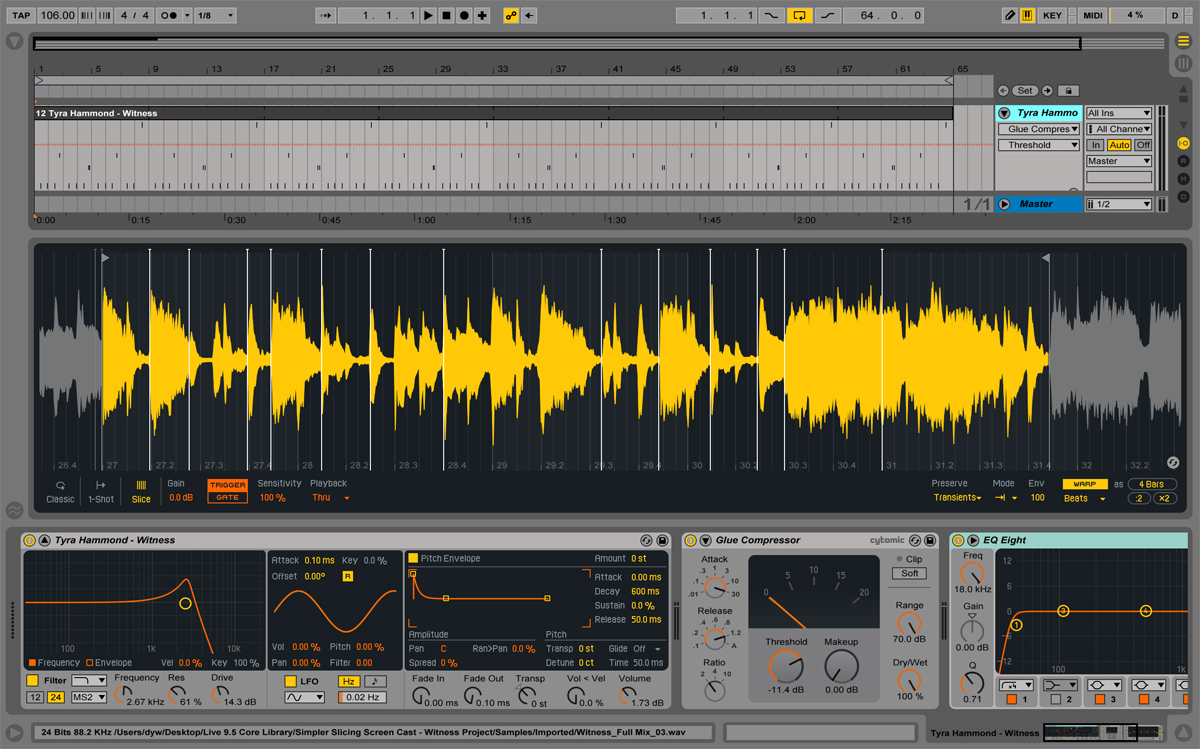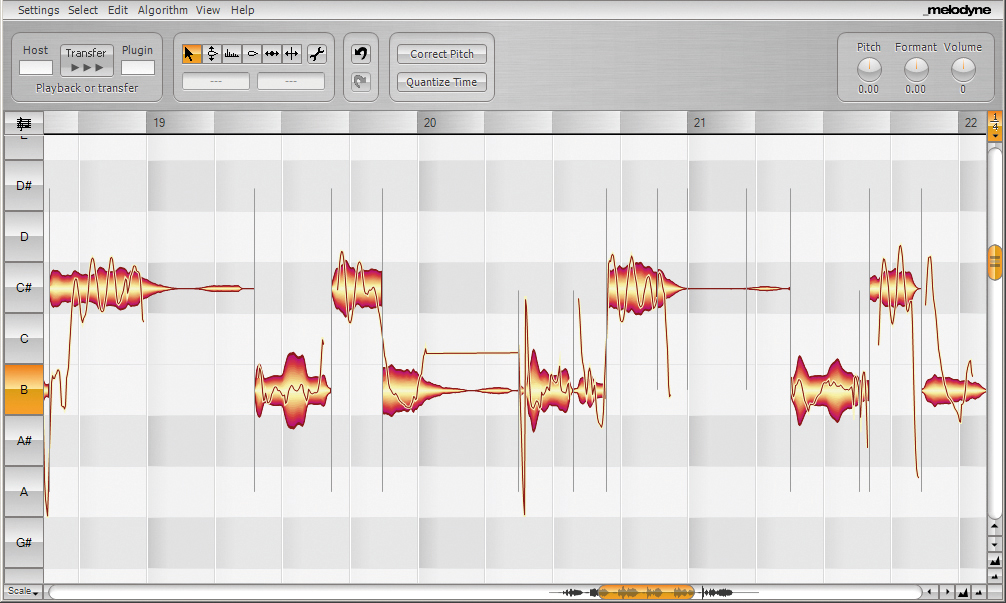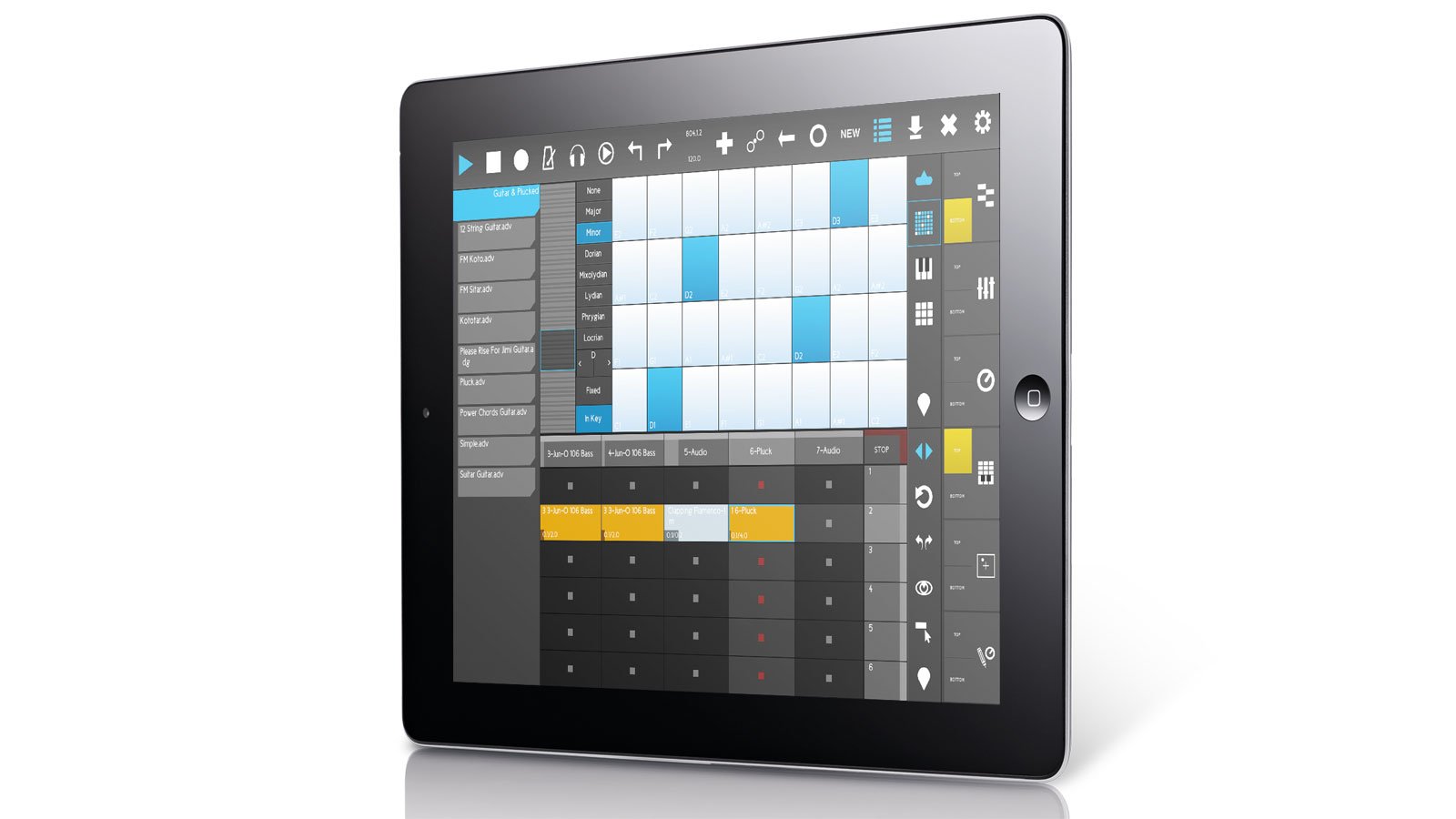Goldfish's favourite music software
How do Cape Town-based producers Dom Peters and David Poole get their house fusion sound?
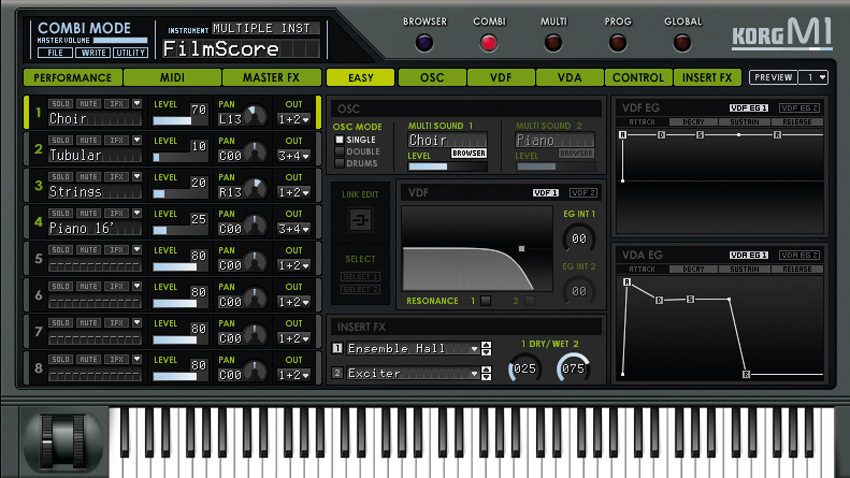
Korg M1
“You can’t beat the sound and feel of a real Wurlitzer, Rhodes or piano, but we were in the studio one day and we suddenly found ourselves shoving the real piano through a whole load of VSTs to try and get it to sound like an M1 piano.
“In the end, we decided to get the software version. It has its limitations, but sometimes they’re what give you the sound you’re looking for.”
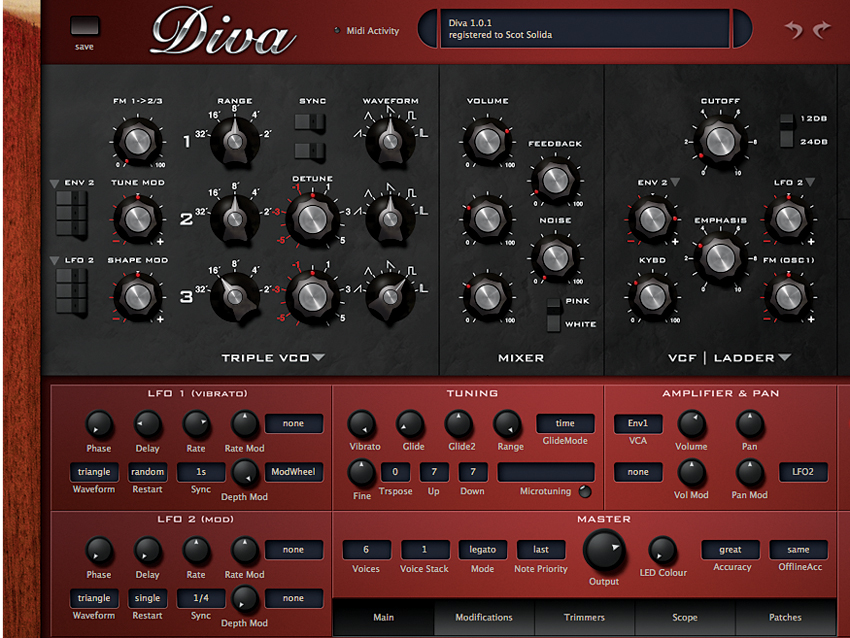
u-he DIVA
“If you asked us which synth we use for basslines, I’d probably say Diva, cos it gets used a lot and it’s great for recreating those seriously squelchy sounds of the 70s. But we also use quite a bit of Massive, the Arturia Minimoog V, and we’ve got a real Moog Phatty on top of the Wurlitzer.”
Computer Music magazine is the world’s best selling publication dedicated solely to making great music with your Mac or PC computer. Each issue it brings its lucky readers the best in cutting-edge tutorials, need-to-know, expert software reviews and even all the tools you actually need to make great music today, courtesy of our legendary CM Plugin Suite.


